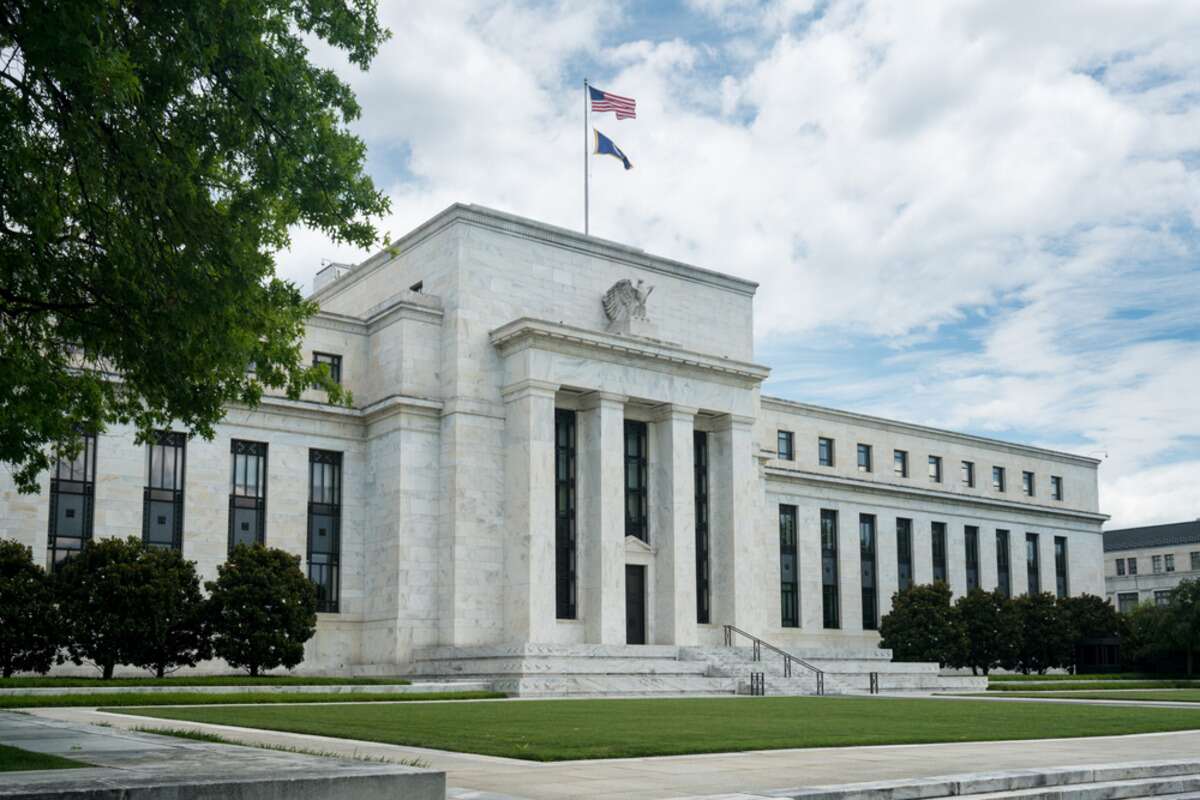Federal Reserve Interest Rates and Economic Impact

Federal reserve interest rates – The Federal Reserve plays a crucial role in managing the U.S. economy by setting interest rates. Interest rates impact various aspects of the economy, including economic growth, inflation, and unemployment.
The Federal Reserve’s recent interest rate hike has had a significant impact on the global economy. However, its effects have been felt far beyond financial markets. In the United States, for example, the increased cost of borrowing has led to a slowdown in consumer spending and investment.
This has had a ripple effect on businesses, particularly those that rely on consumer demand. One industry that has been hit particularly hard is usa soccer. With fans less willing to spend money on tickets and merchandise, teams have been forced to cut costs and reduce spending.
The long-term impact of the Federal Reserve’s interest rate hike on usa soccer remains to be seen, but it is clear that the industry is facing significant challenges in the short term.
When the Fed raises interest rates, it becomes more expensive for businesses to borrow money. This can slow down economic growth as businesses may postpone investments and hiring. However, higher interest rates can also help to control inflation by reducing consumer spending and demand for goods and services.
The Federal Reserve’s recent interest rate hike has sent shockwaves through global markets, including those in the United States and Colombia. As the world grapples with the implications of this move, it is worth examining the historical rivalry between these two nations.
USA vs Colombia have a long and complex history, marked by both cooperation and conflict. Understanding the nuances of this relationship can shed light on the current economic dynamics between the two countries and the potential impact of the Federal Reserve’s decision on their respective economies.
Conversely, when the Fed lowers interest rates, it becomes cheaper for businesses to borrow money. This can stimulate economic growth as businesses are more likely to invest and hire. However, low interest rates can also contribute to inflation if consumer spending increases too rapidly.
The Federal Reserve’s interest rate decisions have far-reaching implications, not just for the economy but also for other aspects of American life. For instance, USA soccer teams have been known to adjust their training and recruitment strategies based on changes in interest rates, as they affect the availability of funding for player salaries and infrastructure development.
Thus, the Fed’s monetary policy decisions have a ripple effect that extends beyond the financial realm, touching even the world of sports.
Impact on Economic Indicators
Interest rate adjustments can have a significant impact on key economic indicators:
- Economic Growth: Higher interest rates can slow down economic growth, while lower interest rates can stimulate growth.
- Inflation: Higher interest rates can help control inflation by reducing consumer spending, while lower interest rates can contribute to inflation if consumer spending increases too rapidly.
- Unemployment: Higher interest rates can lead to job losses as businesses may reduce hiring or lay off workers. Lower interest rates can stimulate job creation as businesses are more likely to hire.
The Fed carefully considers the potential impact of interest rate adjustments on the economy and aims to balance the need for economic growth with the control of inflation and unemployment.
Historical Trends and Market Analysis

Federal Reserve interest rates have a significant impact on financial markets and the economy as a whole. Historically, interest rate changes have been used to influence economic growth, inflation, and unemployment.
Over the past few decades, interest rates have generally been trending downward. This has been due to a number of factors, including globalization, technological advances, and demographic changes. As a result, investors have become accustomed to low interest rates and have sought out higher-yielding investments.
Relationship to Financial Markets, Federal reserve interest rates
Interest rate changes can have a significant impact on financial markets. Higher interest rates can lead to lower stock prices, as investors become more risk-averse and seek out safer investments. Higher interest rates can also lead to higher bond yields, as investors demand a higher return for lending money. Finally, higher interest rates can lead to a stronger currency, as investors seek out safe havens for their money.
Patterns and Trends
There are a number of patterns and trends that can be observed in the historical data on interest rates. For example, interest rates tend to be higher during periods of economic growth and lower during periods of economic recession. Additionally, interest rates tend to be higher in countries with higher inflation rates and lower in countries with lower inflation rates.
These patterns and trends can help investors make informed decisions about their investments. For example, investors may want to consider investing in stocks when interest rates are low and in bonds when interest rates are high. Additionally, investors may want to consider investing in foreign currencies when interest rates are high in their home country and low in other countries.
Global Implications and Central Bank Coordination: Federal Reserve Interest Rates

The decisions made by the Federal Reserve regarding interest rates have a profound impact on economies around the world. This is because the US dollar is the world’s reserve currency, and changes in US interest rates can affect the value of other currencies and the flow of capital across borders.
Central banks around the world closely monitor the Federal Reserve’s decisions and often adjust their own monetary policies in response. For example, if the Federal Reserve raises interest rates, other central banks may also raise rates to prevent their currencies from depreciating too much against the US dollar. This can help to stabilize the global financial system and prevent large swings in exchange rates.
Challenges and Opportunities
The global interdependence of interest rate setting presents both challenges and opportunities for central banks. On the one hand, it can be difficult for central banks to set interest rates that are appropriate for their own economies without taking into account the impact on other countries. On the other hand, it can also create opportunities for cooperation and coordination between central banks to promote global economic stability.
Federal Reserve interest rates have been a topic of much discussion lately, as the central bank tries to balance inflation and economic growth. While the Fed’s decisions have a global impact, their effects can be seen in various sectors, including football.
For instance, Portugal FC , a top-flight Portuguese club, has recently made some shrewd signings in anticipation of the upcoming season, despite the uncertainty surrounding interest rates.
The recent increase in federal reserve interest rates has had a ripple effect across the globe, impacting not only financial markets but also unexpected areas like international friendlies. With many national teams now relying on players from various clubs and leagues, the scheduling of these matches has become increasingly complex as clubs are reluctant to release their players during crucial periods of the season.
This has led to a decrease in the number of international friendlies being played, as teams struggle to find suitable dates that do not conflict with domestic fixtures.